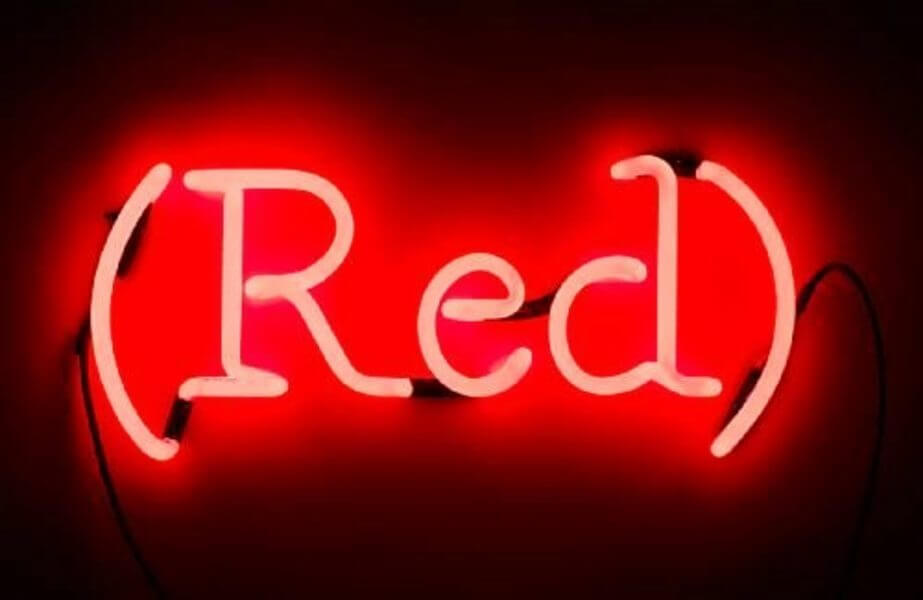
Joseph Kosuth: Wittgenstein’s Color
Joseph Kosuth is one of the pioneers of conceptual art. His works on language in relation to objects, and on different languages in relation to each other, form the foundation of the cool American conceptual analysis.
Research into the two communicative systems, visual art and language, and into the relationships that exist between an image and the word that defines it, constitute the core of the artist’s production.
Joseph Kosuth and American conceptualism
His works are entirely devoid of emotional characteristics and completely lacking in any aesthetic connotation. For Kosuth, in fact, the technique of execution is not of primary importance.
The task of art is rather to continually investigate its own essence and contribute to answering the question of questions: What is art really?
The period in which he begins to create and exhibit is dominated by Pop art and Minimalism, which seem to pursue the same goal as the artist: to eliminate every form of individual expression.
While the two movements tend to emphasize the existence of the object, highlighting its peculiar characteristics or reducing it to the bare minimum, Kosuth works on the annulment of the object itself, which is replaced by its idea and definition.
Joseph Kosuth and his works
In 1965, he creates his initial works, which display real objects alongside their photographic reproductions and the definitions taken from the dictionary.
In 1969, the artist consolidates his thoughts in a fundamental text: “Art After Philosophy.” He states that the only possible action for the artist is to recreate the very process by which art is conceived: the artwork is nothing more than the visualization, the physical representation, of a self-analysis process.
Simultaneously, he works on sculptures like “Wittgenstein’s Color,” comprised of a neon tube, representing exactly what verbal information preaches. In this case, “Red” precisely indicates what we see: the color red. A tautology in all respects.



